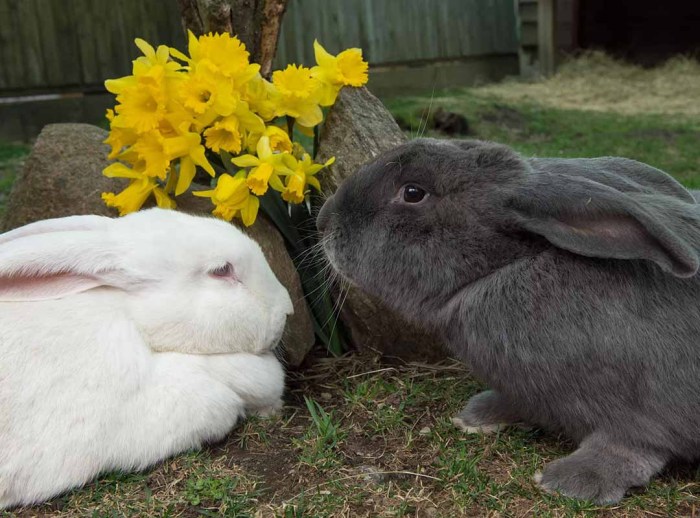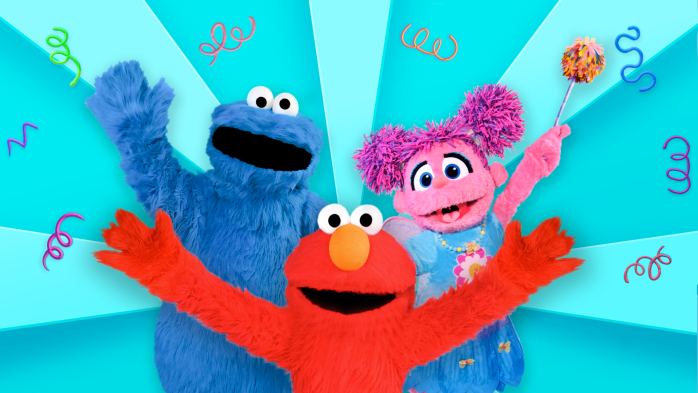Tips to create a safe sleep environment for your baby.
Why should I put my baby on her back to sleep? My grandparents never did this.
In order to reduce the risk of SIDS (Sudden Infant Death Syndrome), every infant should be placed on their back to sleep, for every sleep, until they reach age 1. Placing your baby to sleep on her back does not increase her risk of choking, because she has mechanisms to protect her airway. When your baby reaches the stage when she can roll from front to back and back to front, she can stay in her sleep position.
Isn’t my baby safest sleeping next to me in my bed—this way I can keep an eye on him?
You should sleep in the same room as your baby, but not in the same bed as him. The best place for your infant to sleep is in his own crib, or in his bassinet in your room. By placing your baby in his own crib to sleep, you can decrease his risk of SIDS by half. This also decreases the risk of suffocation, entanglement, or entrapment that can occur with your baby sleeping in the bed beside you. Additionally, you should avoid objects that encourage co-sleeping, as they have not been proven safe.
What about a bumper pad in the crib, can that help protect my baby?
Bumper pads are not recommended in your baby’s crib. There is no evidence to show that they are effective. In addition, they present a risk for entrapment and strangulation to your baby.
Can I put stuffed animals in the crib to comfort my baby?
You should avoid soft objects (such as pillows, comforters, and stuffed animals) and loose bedding in your baby’s crib. This will prevent entrapment or suffocation. Your baby should sleep on a firm crib mattress with a fitted sheet.
RELATED: Get Your Baby to Sleep Faster, Stay Asleep Longer





















